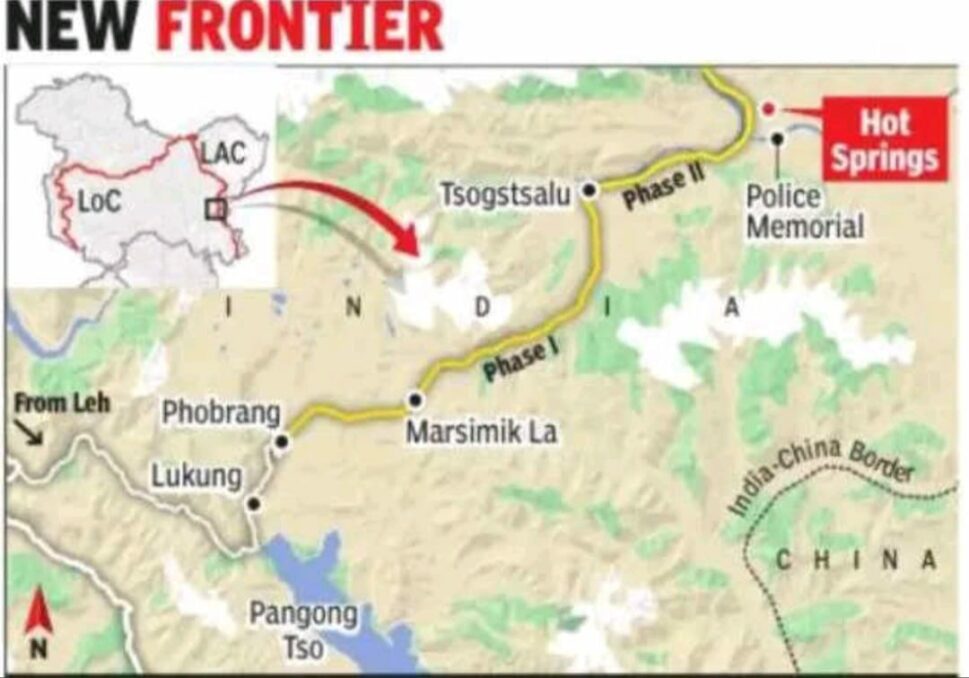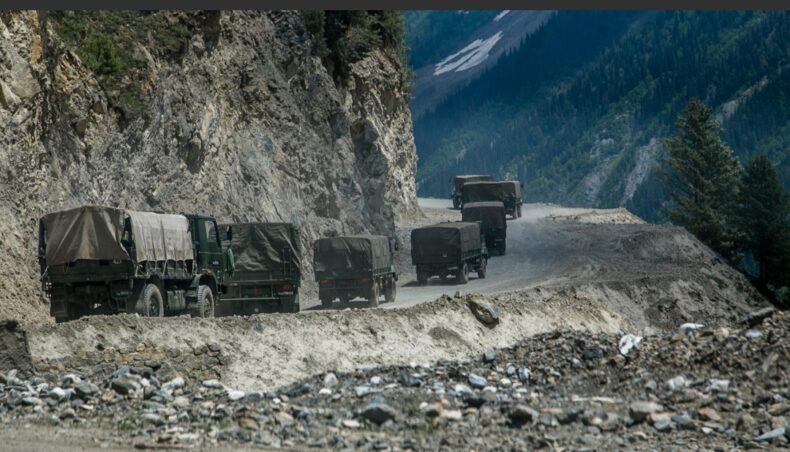Now, Indians will be able to explore Chang Chenmo, Ladakh despite the border standoff
Ladakh administration in India plans to open up the strategic Chang Chenmo sector, located near the patrolling points north of Pangong Lake in eastern Ladakh, for tourism. This move comes despite the ongoing border standoff with China, which has lasted for four years.
Ladakh is a part of the larger Kashmir region and has been a subject of dispute between India, Pakistan, and China since 1947.
The opening will be Executed in two phases
In the first phase, tourists will be allowed to access the Marsimik La pass, which stands at an altitude of 18,314 feet, up to Tsogtsalo. Tsogtsalo is a pastureland located near the confluence of the Rimdi Chu and Chang Chenmo rivers, approximately 160 km east of Leh and close to the Line of Actual Control (LAC) with China.
The second phase will permit tourists to travel further up to Hot Springs, as well as visit the memorial built in honour of 10 CRPF jawans who were killed on October 21, 1959, during an attack by the Chinese.

Indian Army’s Response
The Indian Army has given its endorsement for opening these routes, which marks a departure from its usual hesitancy in such matters. The Ladakh administration aims to develop border areas for tourism, in line with the central government’s focus on border area development. Additionally, locals have long demanded the opening of these areas, as they have traditionally used them for grazing their herds.
The inner line permit system for Indians was abolished in August 2021. However, areas close to the disputed parts of the LAC have remained off-limits for visitors. The process of opening up these areas was delayed but gained momentum after meetings between the local Army officials and top administration representatives in December 2022.
Ladakh Braces for Tourism Surge: Preparations Underway
The Indian Army has highlighted the need for civil infrastructure and support systems to be in place before allowing tourists into these remote areas. Plans for toilets, selfie points, and medical centres have been prepared, with the Border Roads Organization responsible for construction. The police are also prepared to establish checkpoints.
The Ladakh tourism secretary, Kacho Mehboob Ali Khan, conducted a tour of the Galwan Valley and other areas to assess the feasibility of allowing tourists.

This decision can boost the local economy
The opening of these frontier areas for tourism can bring significant economic benefits to the local communities in Ladakh. Increased tourist footfall can lead to the growth of hospitality, transportation, and other related industries, providing employment opportunities and income generation for the locals.
This can also lead to Infrastructure development and Cultural Exchange and Exposure.
But this can also lead to Environmental Impact. The increased tourist activity may have implications for the environment. It is crucial for the authorities to implement sustainable tourism practices and enforce regulations to minimize the ecological impact. Measures should be taken to preserve the natural beauty and delicate ecosystem of the region.
Overall, the Ladakh administration aims to open up frontier areas for tourism, catering to the demand of locals while promoting the development of border.













